From Threat Rigidity to Opportunity
Consider these COVID-19 stories from two teachers. Both work at schools with similar profiles, within 10 miles of each other.
The first teacher—let’s call him James—worried about the amount of curriculum his students would miss because of virtual learning. To make the most of teaching on Zoom, James converted his lecture notes into visually engaging slide decks that students would also be able to access outside of class. It took a ton of work, but James felt like he had successfully climbed a mountain.
The second person—an English teacher we’ll call Rebecca—had been looking for a better way to teach writing. In the early phase of the pandemic, Rebecca attended an online workshop on mastery based assessments. Essay by essay, she converted all of her writing assignments to mastery based assessments. It took a ton of work, but Rebecca felt like she had successfully climbed a mountain.
Rebecca responded to the pandemic as an opportunity. James responded to it as a threat.
What is threat rigidity? According to Michael B. Horn’s From Reopen to Reinvent, threat rigidity occurs when “discontinuous” or “abrupt” change causes an organization to “double down on its existing processes or routines.”
I am fond of saying that the status quo is a heck of a drug. In good times, we naturally enjoy the high of our successes (although we don’t often ask whether we are succeeding because of the status quo or in spite of it). Meanwhile, in threatening times the status quo is a psychological balm: like all animals, humans seek predictability. It eases anxiety about the unknown and reduces the cognitive load of complex changes.
This translates into organizational psychology. In From Reopen to Reinvent, Horn says, “Any innovation that fits into an organization’s resources, processes, and priorities will be readily adopted, but any innovation that doesn’t fit neatly into all three will either be twisted and morphed to fit the organization’s existing capabilities or ignored and rejected” (emphasis added).
Horn’s solution is autonomy: “create a new organization that has enough freedom to rethink a parent organization’s resources, processes, and priorities.” Having learned that lesson the hard way several times over, I can say with great confidence that Horn is correct on this point.
If “new organization” sounds daunting, Horn reassures the reader that this could be as simple as a small team of teachers or a learning pod. Increasing in scale, it could mean a microschool or a school-within-a-school. And at an even larger scale, networks of schools or districts could create an entirely new school.
I would add that at the smallest scale, individual teachers can reinvent their classroom practices. That’s what Rebecca did in the anecdote above. By the way, Rebecca is a real teacher, and at a bigger scale her school has hired Middle States to transform their “observation and evaluation” program into a “growth and development” experience.
To guide your school from a threat rigidity posture to an opportunity posture, I encourage you to answer these questions:
What is your school’s vision?
Who are the “early adopters”—the teachers and staff who are naturally wired to create better experiences for students—and what are their “jobs to be done”? (Note: JTBD is the focus of a future blog post in this series)
How can you encourage them to design improved student experiences in support of your school’s vision?
How can you capture lessons from what they design?
To be sure, a full shift from threat rigidity to opportunity will take more than answering those four questions—and the rest of From Reopen to Reinvent explores that territory. It begins, as Horn implies, with having enough empathy to understand that threat rigidity makes perfect sense when you’re in the midst of a crisis. But if we remain in that place, we will merely “reopen.”
On the other hand, if we can “rethink resources, processes, and priorities”—and do so in alignment with a higher vision—we will create the chance to “reinvent.”
Please register for our live interview and Q&A with Michael B. Horn on Oct. 24, 12 pm ET. To register, click here.
